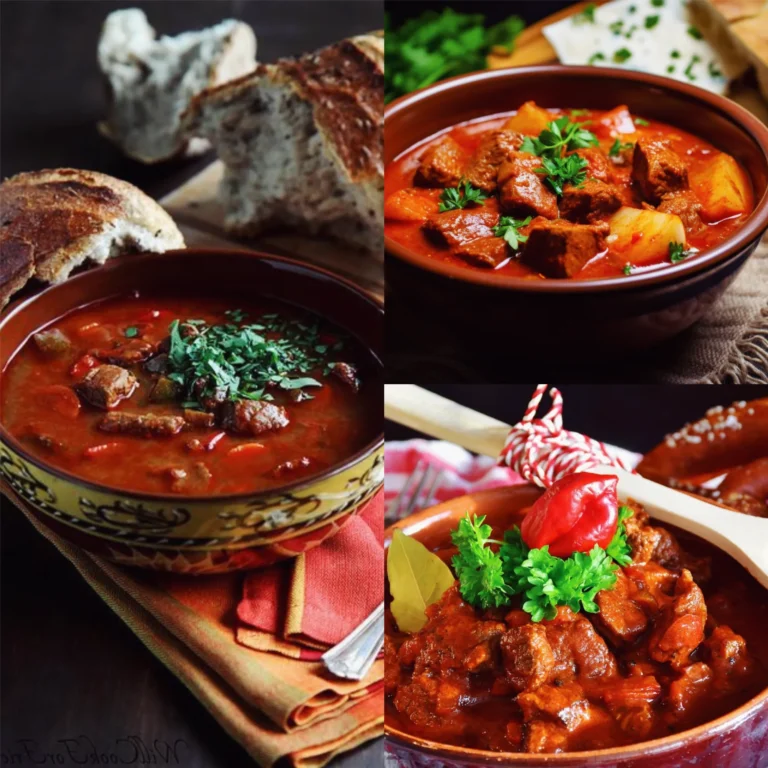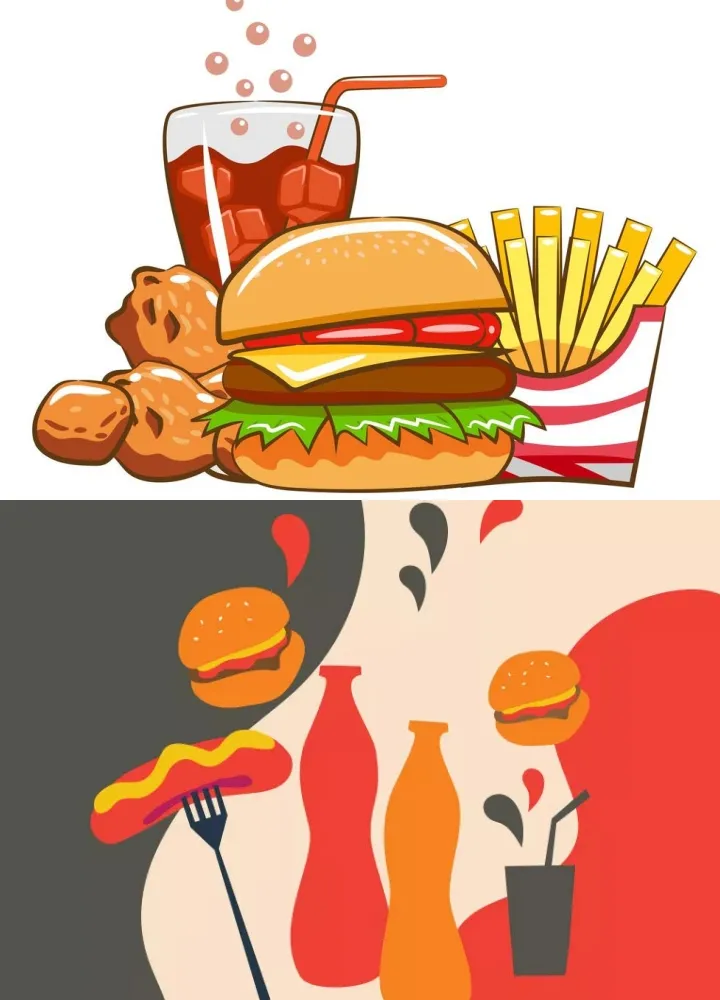
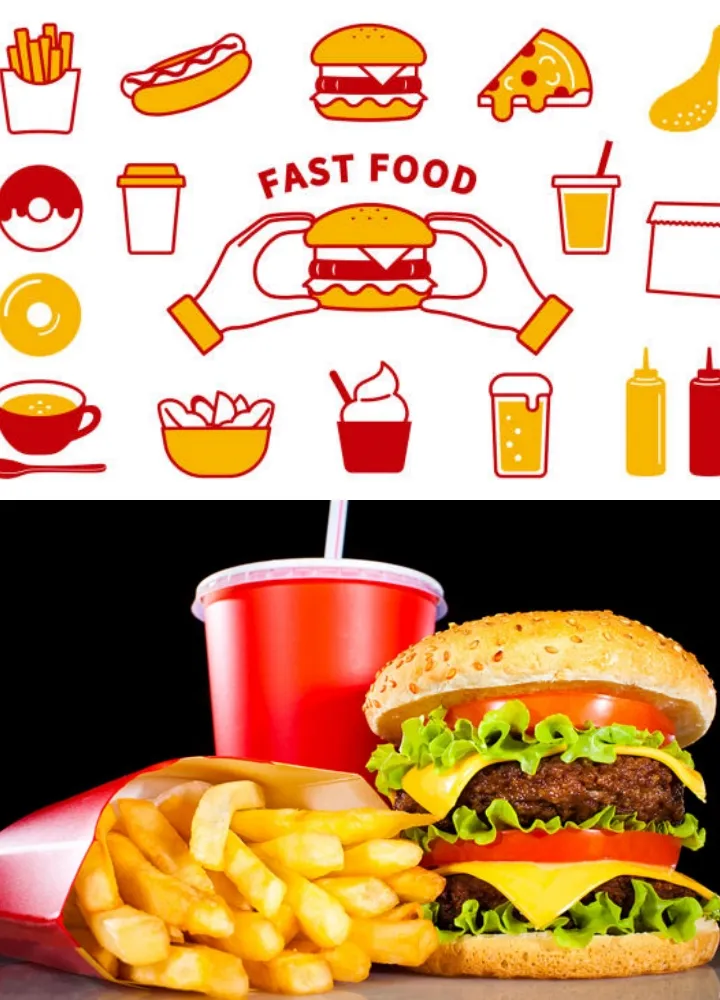
In recent times, fast-food chains have embraced the concept of value menus as a response to rising prices and shrinking customer wallets. Amidst a backdrop of inflation and fluctuating ingredient costs, these value menus promise an appealing deal. McDonald’s offers a $5 value meal featuring a McDouble cheeseburger or McChicken sandwich, small fries, 4-piece chicken nuggets, and a small drink. Taco Bell’s $7 bundle includes two tacos, a five-layer burrito, chips with nacho cheese, and a medium drink—55% cheaper than purchasing each item separately. Burger King’s $5 bundle includes a choice of burger, chicken nuggets, and a beverage. But is this value truly as great as it seems?
The Changing Landscape of Ingredient Prices
Despite the allure of these value meals, the reality is that they might not offer as much savings as they appear. According to the Bureau of Labor Statistics, key ingredients in these meals—cheese, potatoes, and tomatoes—have actually seen a decrease in price. Since last June, cheese prices have fallen by 2.1%, tomatoes by 1.1%, and potatoes by 3.9%. Even on a monthly basis, cheese prices held steady in June, while tomatoes and potatoes saw minor decreases.
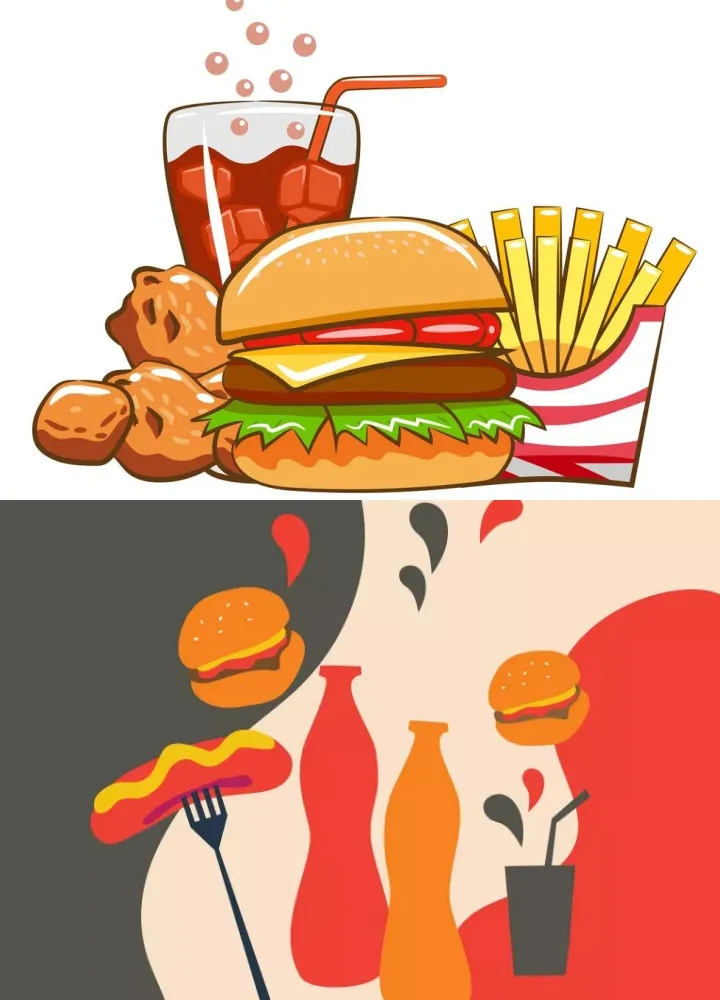
The Impact of Meat Prices
For those who enjoy meat, value menus might seem like a better deal. However, this perception can be misleading. Meat prices have been on the rise, with an overall increase of 3.5% this year. Beef, in particular, has seen a significant hike, with beef roast prices up 10% and ground beef up 4.5% compared to last June. Pork and chicken prices have also risen, though the increases are more modest. With these higher meat costs, fast-food chains might be using value menus as a temporary strategy to keep customers coming in while preparing for future price adjustments.
The True Cost of Dining Out
Another crucial aspect to consider is the cost of dining out versus cooking at home. The expenses associated with dining out—such as labor, rent, and utilities—far exceed the costs of preparing meals at home. This disparity often results in higher prices for restaurant food. In the past month, food prices overall increased by 0.2%, with annual food inflation at 2.2%. Specifically, grocery store prices rose by 1.1% over the past year, while restaurant and café menu prices jumped by 4.1%. This indicates that, while fast-food value menus may seem economical, the overall trend of dining out remains more costly compared to home-cooked meals.
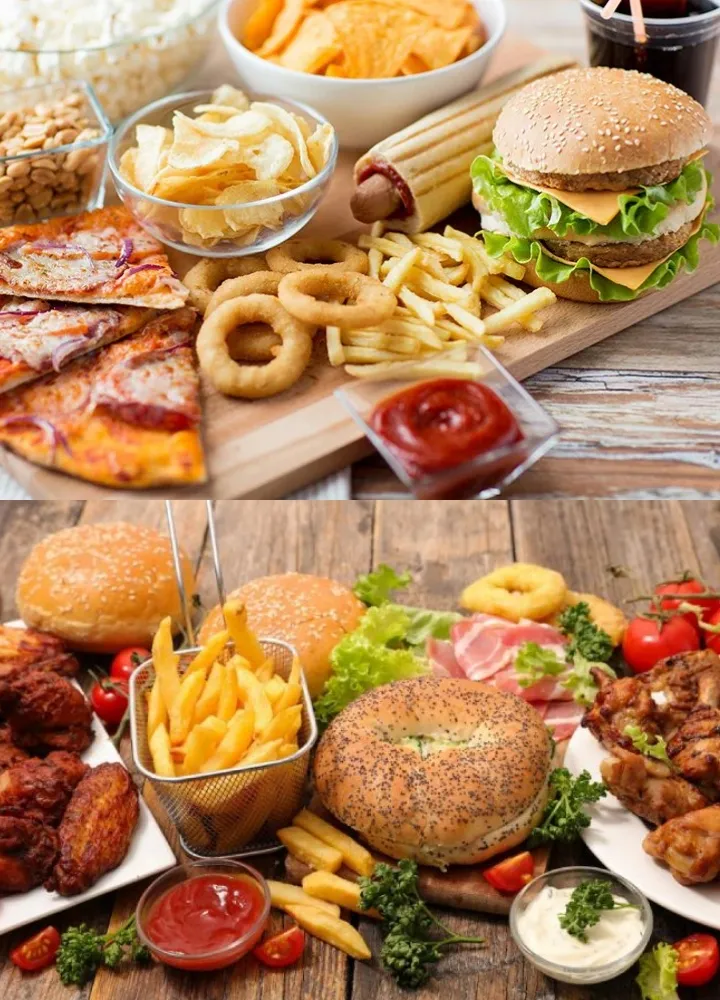
The Bottom Line
In essence, fast-food value menus may not be as much of a bargain as they appear at first glance. While they offer a temporary reprieve from higher prices, the reduction in ingredient costs and the overall inflation in dining out can diminish the perceived savings. Fast-food chains are adeptly balancing the scale between providing attractive value propositions and managing the rising costs of ingredients, particularly meat. For the most savings, cooking at home continues to be the most cost-effective choice. As always, understanding the real cost behind the menu can help consumers make more informed decisions and find true value in their dining choices.
